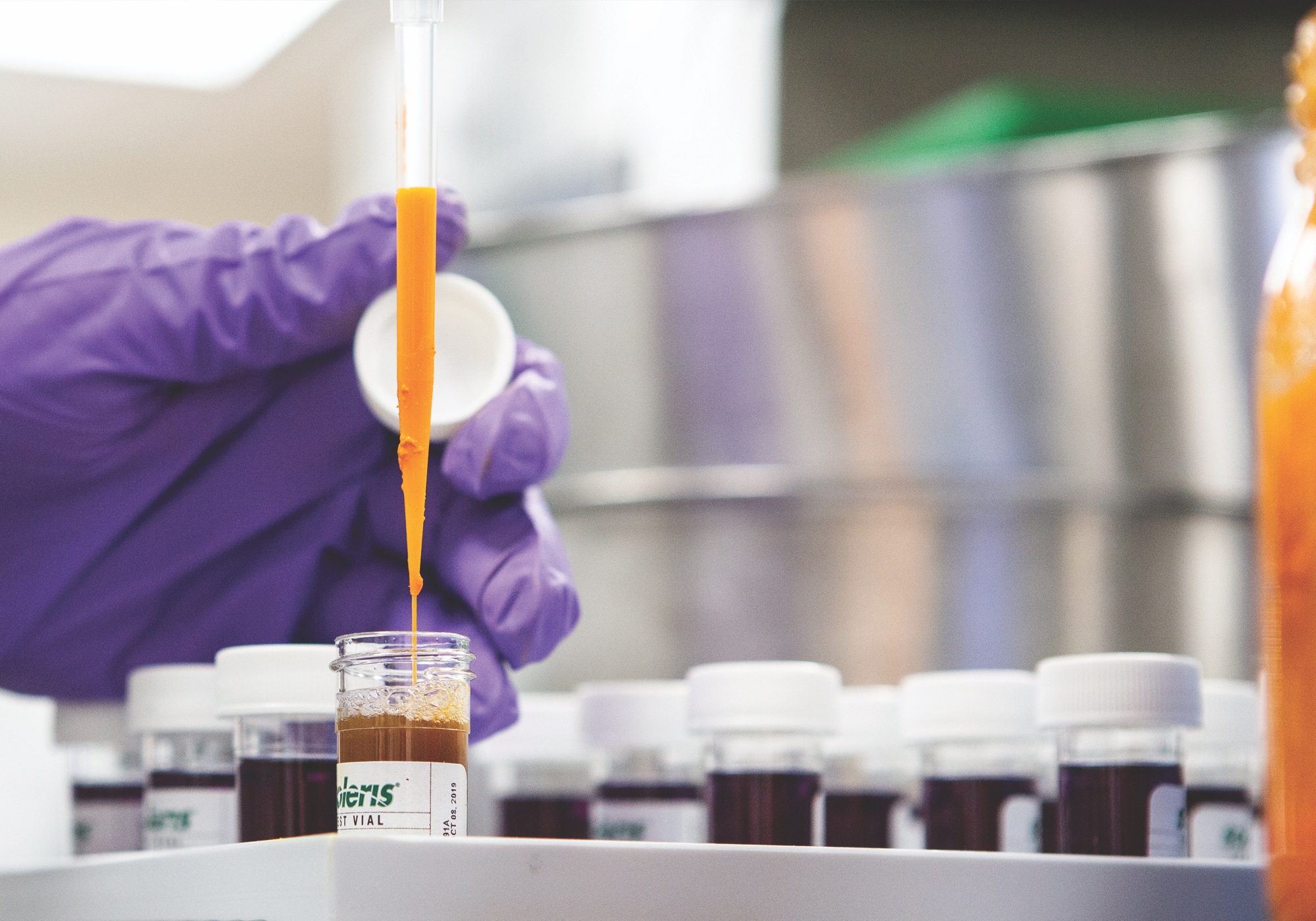Scientific name:Filipendula ulmaria
Constituents:
- Salicylates (salicin & salicylic acid)
- Flavonoids (quercetin, kaempferol, spiraeoside, tellimagrandine II, astragalin 2″-O-gallate, hyperoside 2″-O-gallate and isoquercitrin 2″-O-gallate)
- Tannins
- Volatile oils
- Coumarins
- Mucilage
- Minerals (Cu, Mg & Zn)
- Amino acids
Medicinal actions:
- Analgesic
- Anti-inflammatory
- Antimicrobial
- Anti-pyretic
- Anti-rheumatic
- Astringent
- Carminative
- Diaphoretic
Mechanism of Action & Pharmacology:
- Extracts demonstrate anti-bacterial, anti-fungal ablility to decrease production of proinflammatory eicosanoids ex vivo in platelets.
- Salicylates (salicin & salicylic acid) are analgesic and anti-inflammatory. Are able to to inhibit cyclooxygenase, complement activation, and T-cell proliferation and thus interfere with the production of reactive oxygen species (ROS). Salicin is metabolized & absorbed in the bowels to salicylic acid, which has aspirin-like effects without irritating the gastric lining. Salicin and salicyl glycosides form salicin after hydrolysis of the acyl group. Salicin is then split by intestinal flora into saligenin (salicyl alcohol) and glucose. Saligenin is then absorbed and oxidized in the blood and liver to salicylic acid and has antipyretic, analgesic, anti-rheumatic, and antiseptic actions.
- Tannins & mucilage appear to buffer the adverse effects of isolated salicylates which can cause gastric bleeding. Tannins have also exhibited a non-competitive type of inhibition of histidine decarboxylase (HDC), which catalyses the formation of histamine and may contribute to allergies and ulcer development.
- Flavonoids (Spiraeoside and tellimagrandine II), were able to protect stomach mucosa of the rats from toxic effects induced by ethanol.
Pharmacy:
- Infusion
- Tincture
- Capsules
Safety & Toxicity Concerns:
- In high doses salicylic acid has an ototoxic effect by inhibiting prestin, which is the motor protein of the outer hair cells of the inner ear of the mammalian cochlea. It has been known to induce transient hearing loss in zinc-deficient individuals.
- Theoretically Salicylism, which is an acute overdose of salicylates, can produce toxicity symptoms ranging from mild nausea, vomiting, abdominal pain, lethargy, tinnitus, and dizziness, depending on the dose consumed.
- Avoid in children with the flu due to Reye’s syndrome (theoretical).
- Those with known hypersensitivity to salicylates may experience rare reaction causing urticaria, rhinitis, asthma & bronchial spasm.
Interactions:
- May potentiate effects of anticoagulants (theoretical).
- Avoid while using other salicylate containing substances, alcohol, barbiturates/sedatives, methotrexate, spironolactone, phenytoin, valproate medications.







